Apple iPhone 16 review: Perfecting the basics with a promise of more intelligence
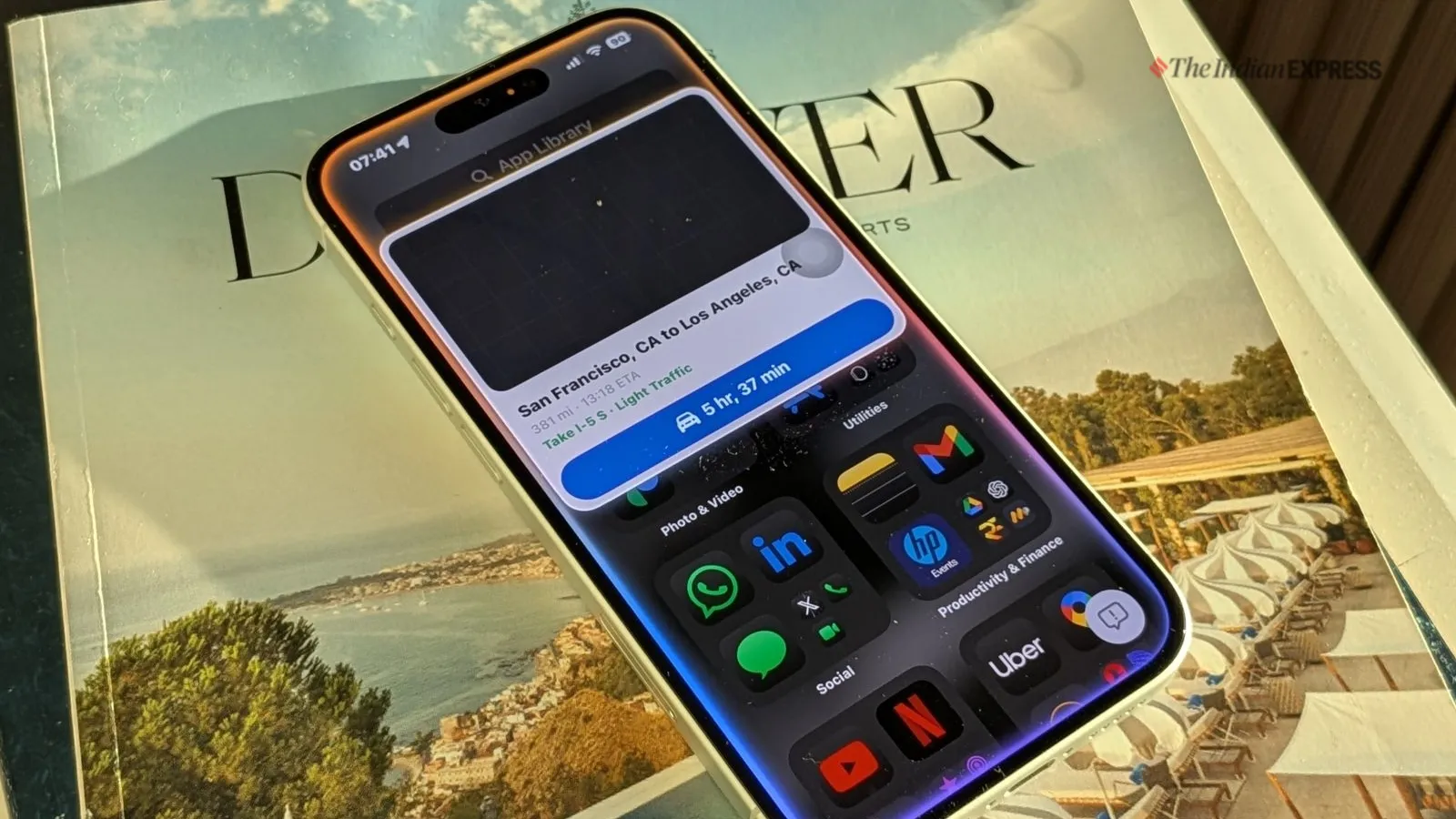
Apple iPhone 16 review: Perfecting the basics with a promise of more intelligence

Apple iPhone 16 review: Perfecting the basics with a promise of more intelligence
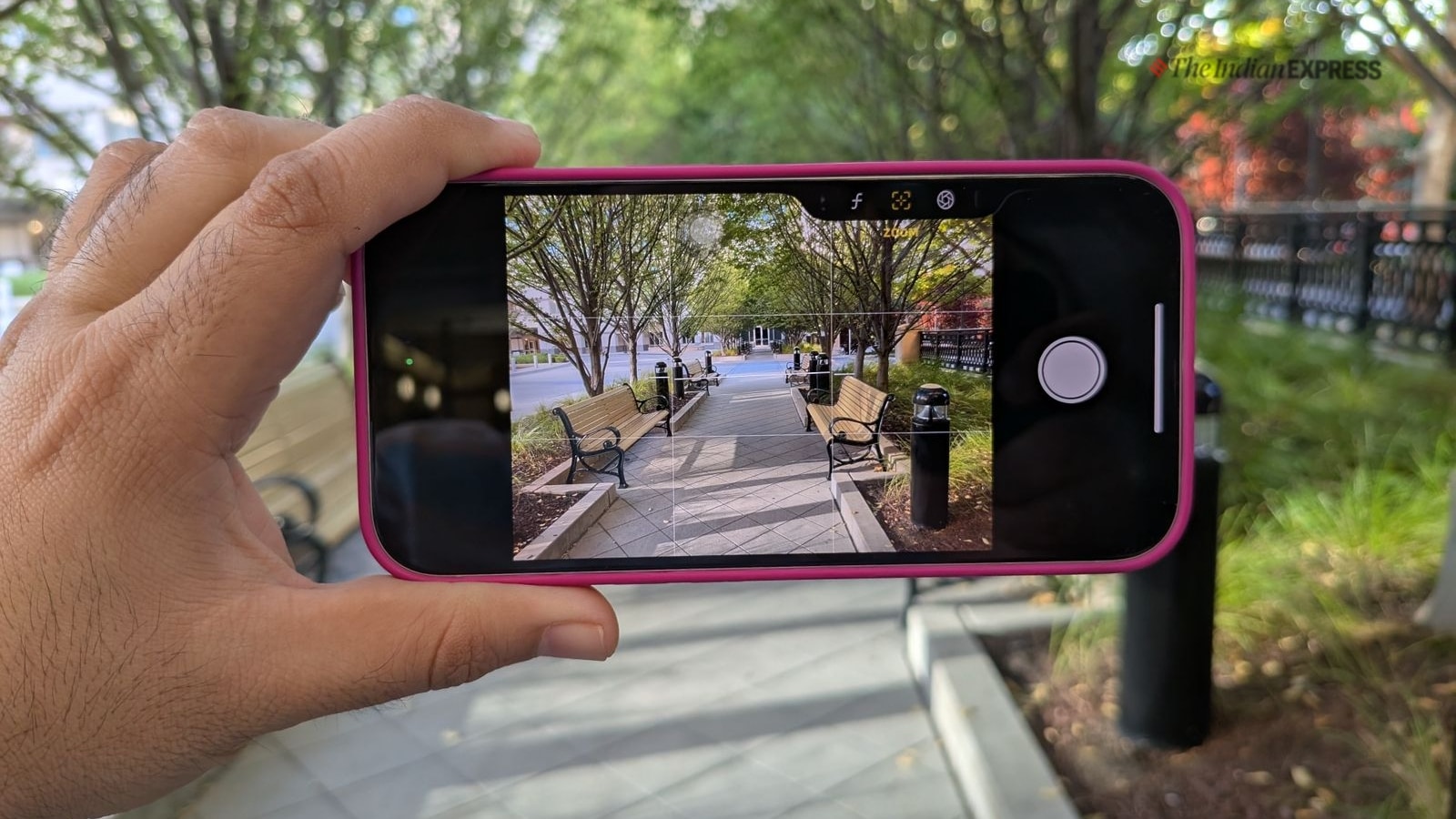
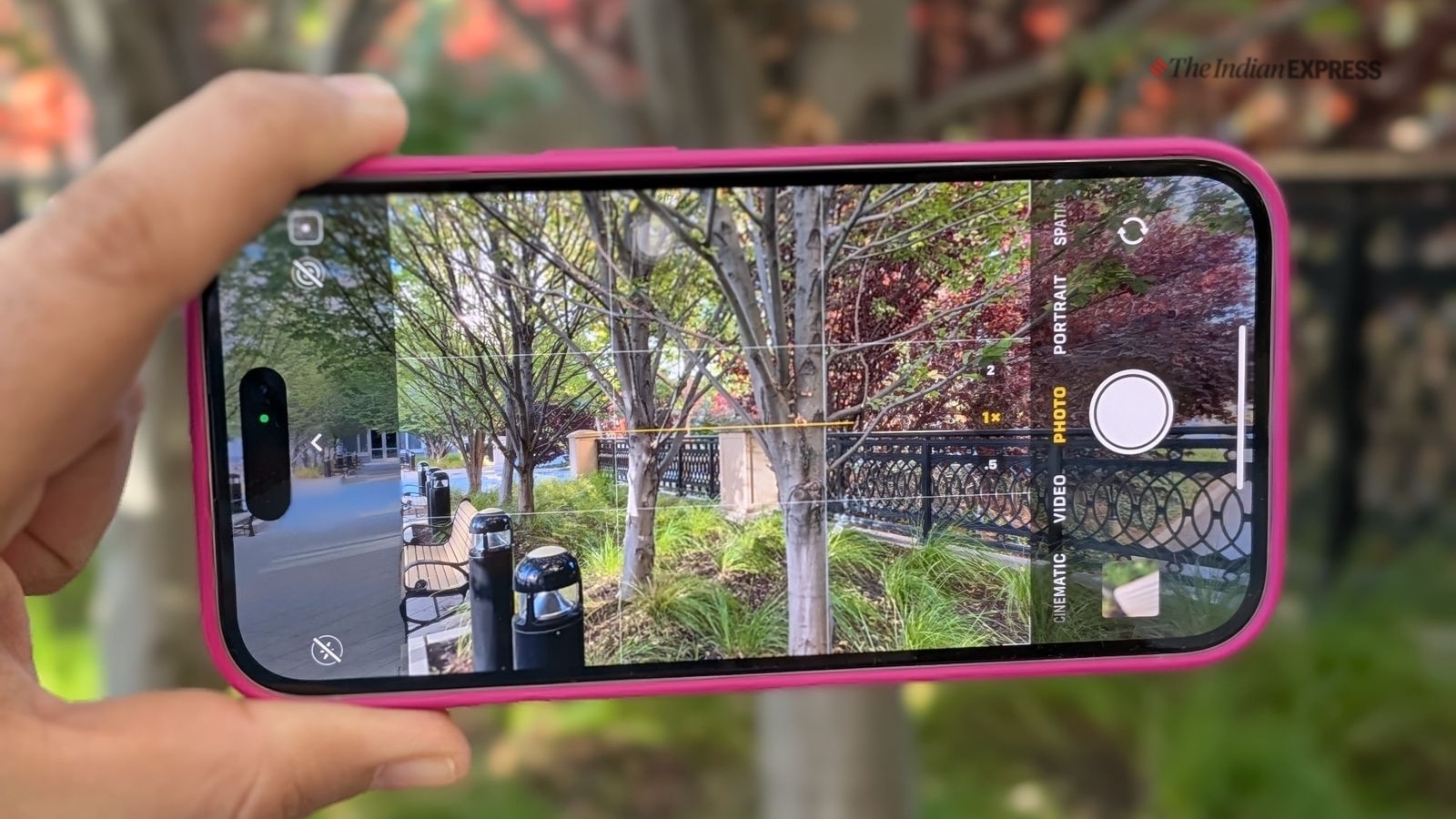

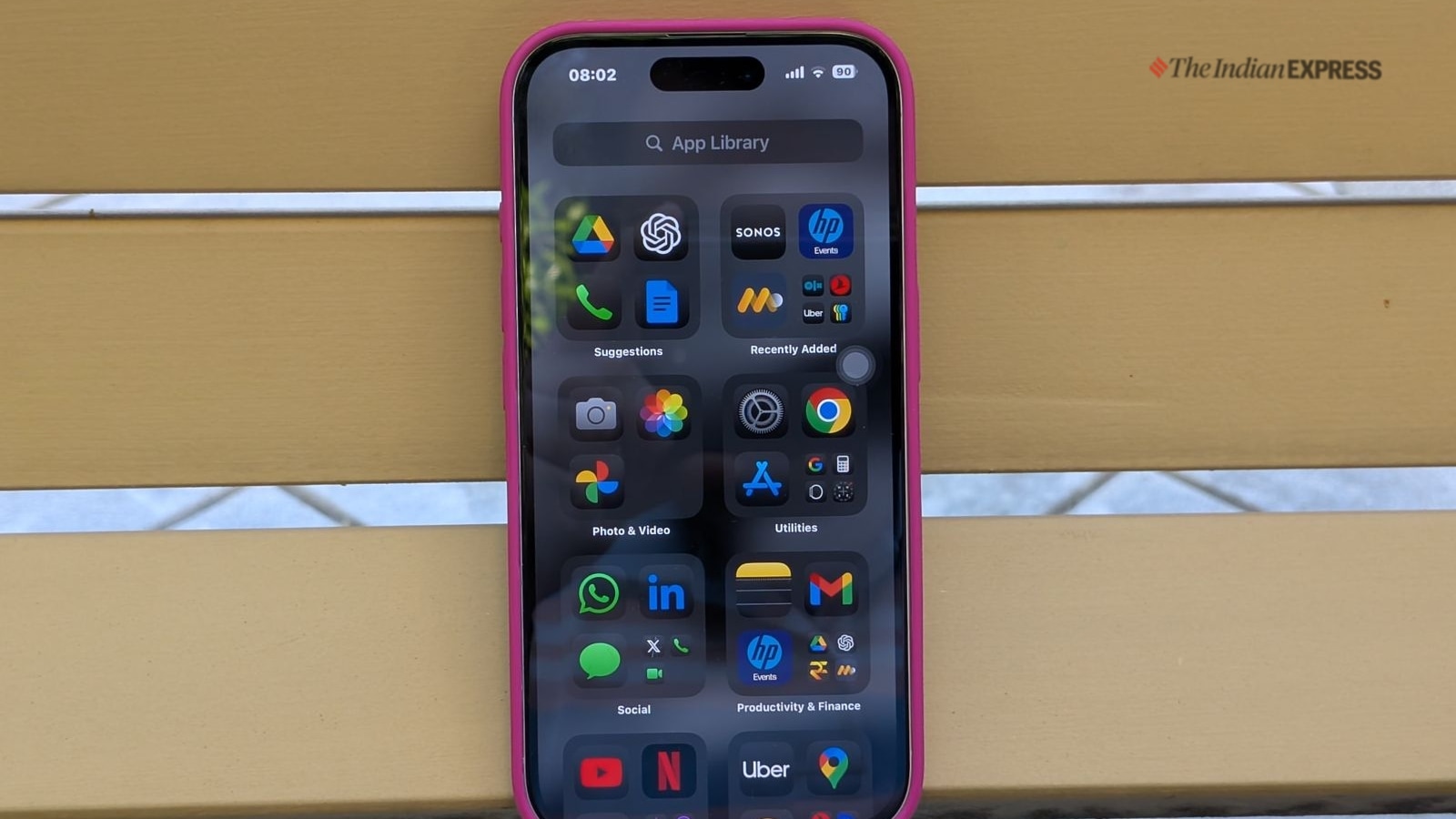
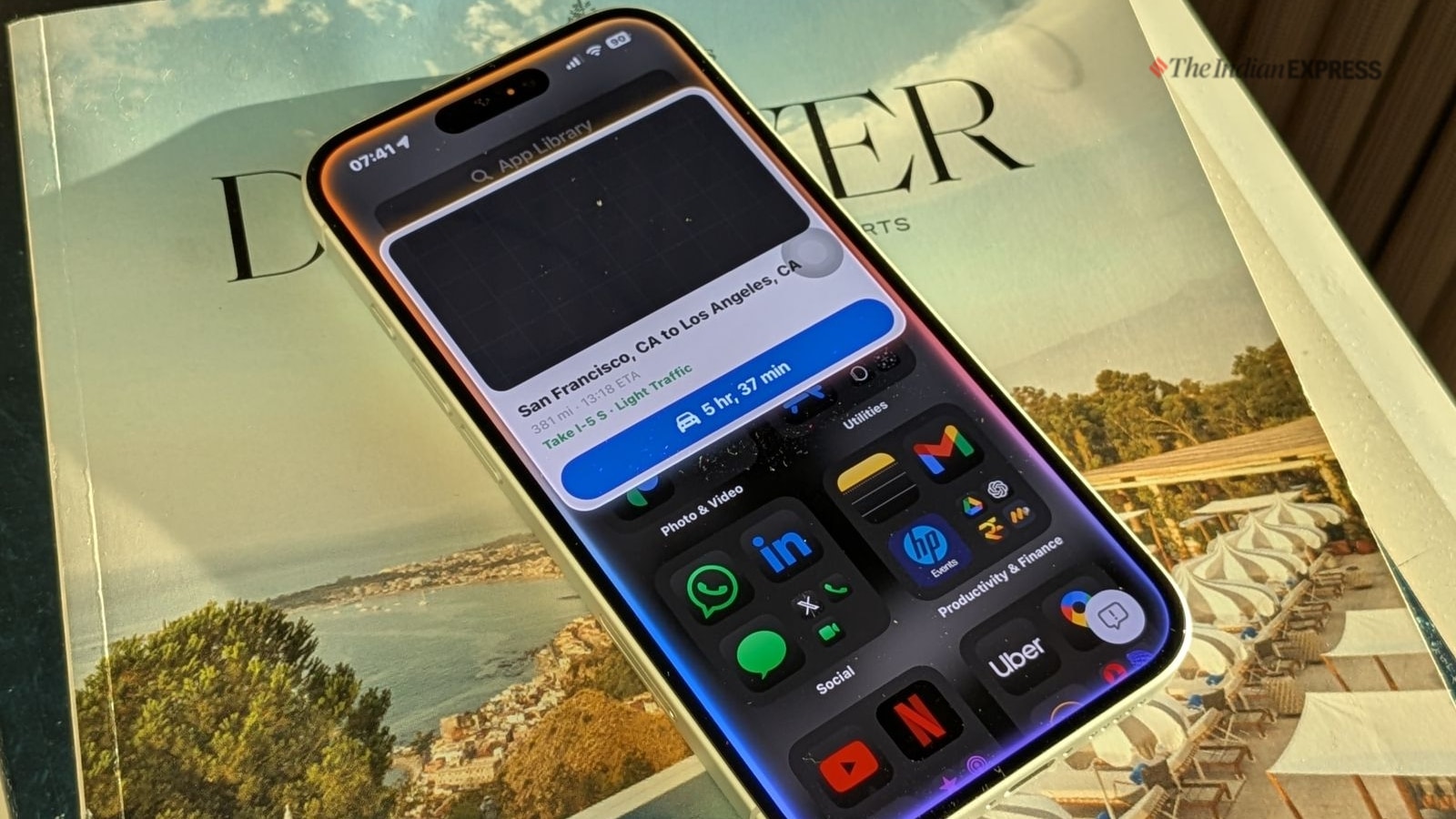
Notifications